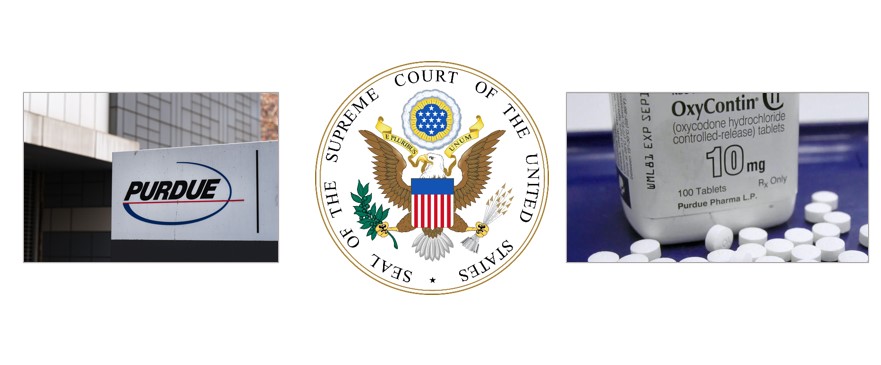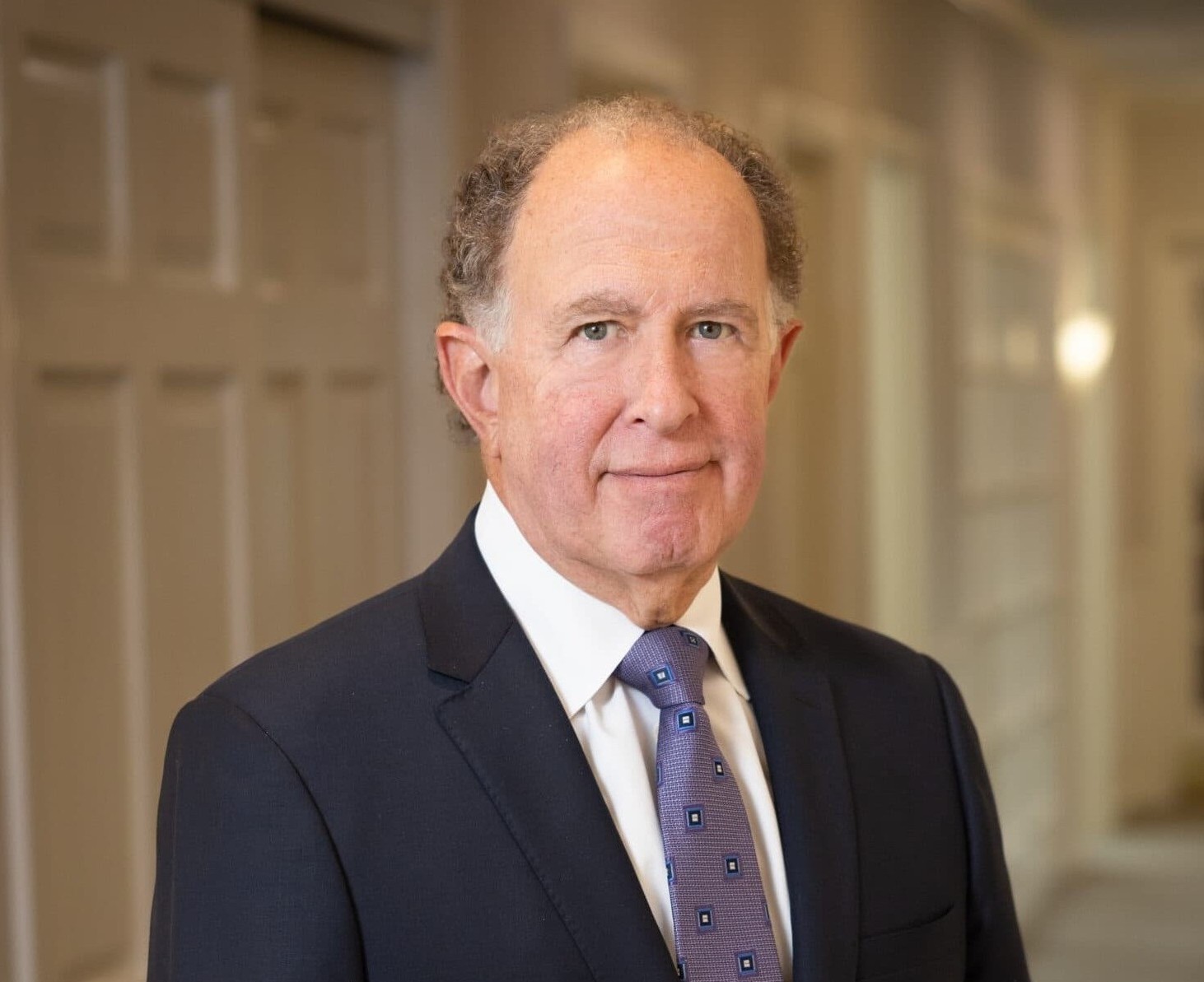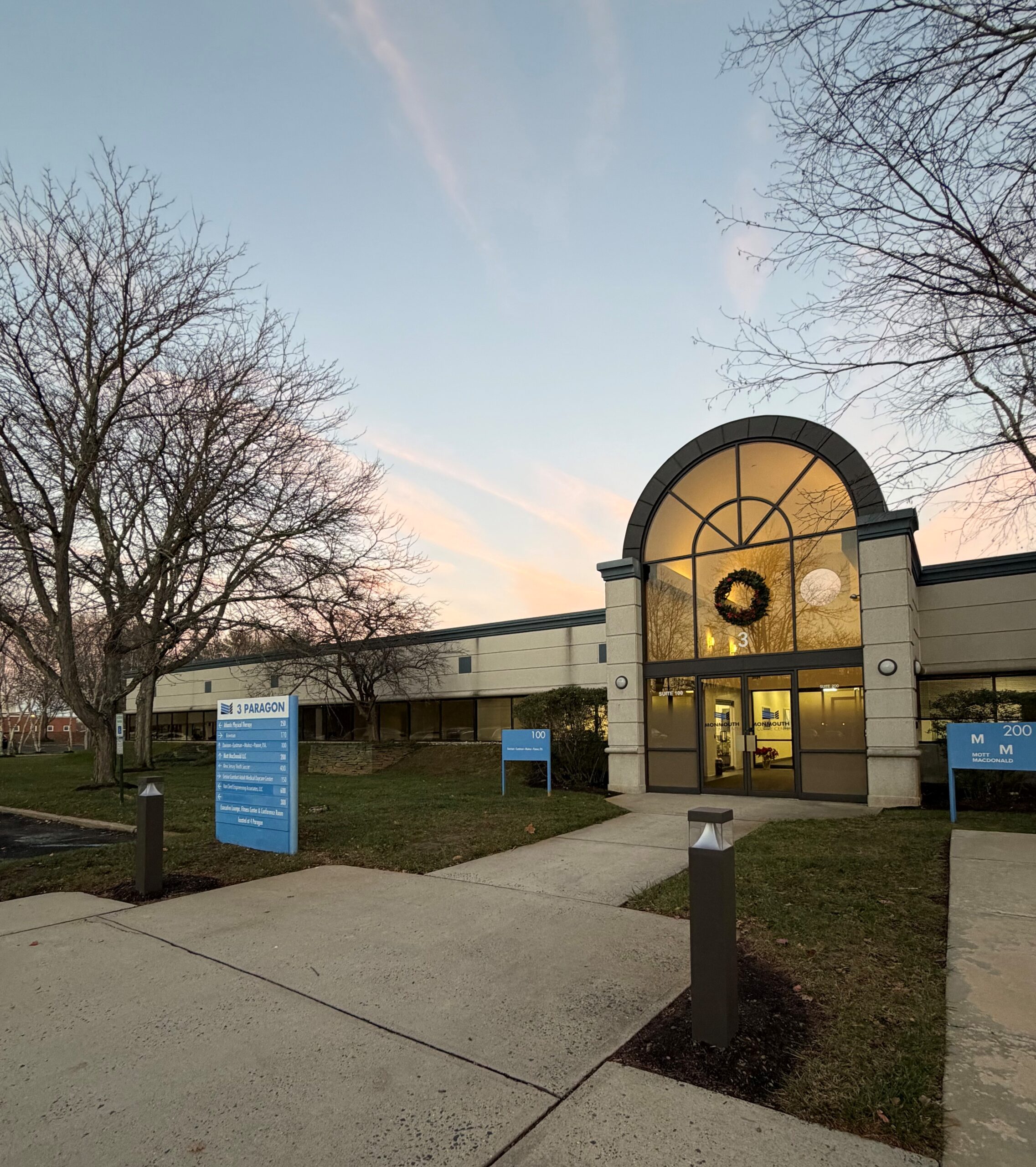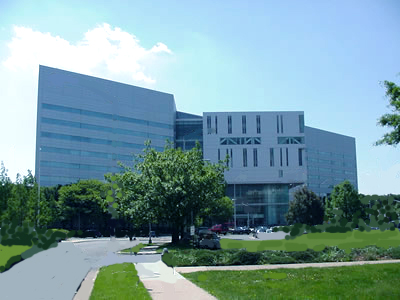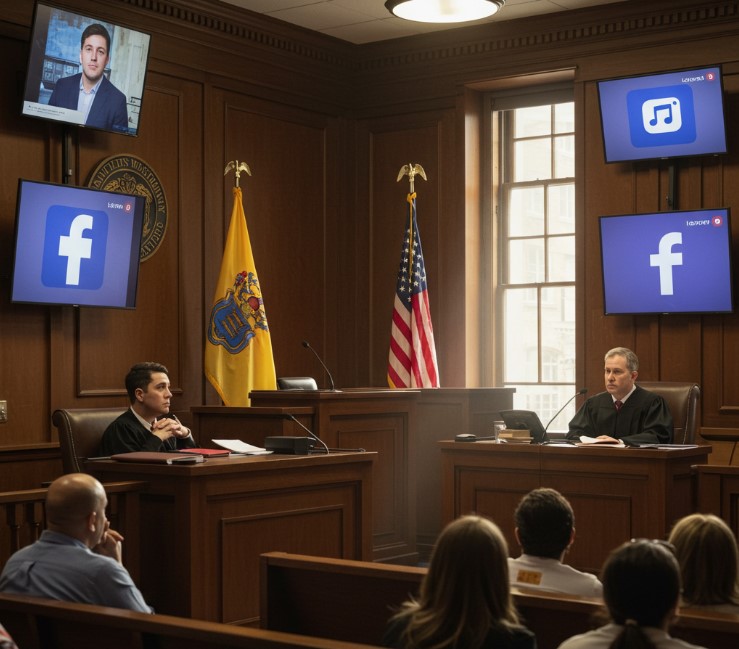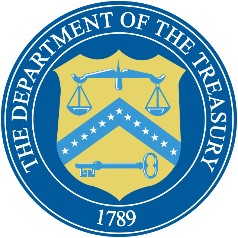An article by Michael J. Connolly, Esq.
The United States Supreme Court recently wrestled with a question raising significant and conflicting public policy issues in mass tort bankruptcy proceedings. The case, Harrington v. Purdue Pharma, involved the Chapter 11 bankruptcy case of Purdue Pharma, the company which marketed OxyContin.
In 2007, one of Purdue’s affiliated company’s pleaded guilty to a federal felony charge for misbranding OxyContin as “less addictive” and “less subject to abuse” than other pain medications. Thereafter, individuals, and many governmental units, began filing thousands of lawsuits for damages. Once these lawsuits commenced, the owners of Purdue, the Sackler Family, began the process of taking nearly $11 billion from the company and diverting the funds to overseas trusts and other family-owned companies. Ultimately, Purdue filed for bankruptcy.
During the Purdue bankruptcy, the Sackler Family promised to return approximately $5 billion to the company if, and only if, the court released them from all claims, both present and future, related to their roles in Purdue, OxyContin, and the nation’s opioid pandemic.
The Attorney Generals of every single State in the country agreed to the plan as did tens of thousands of opioid victims and thousands of local governments, hospitals, and health organizations. Nevertheless, other creditors disagreed. The objecting creditors argued that the court should not release the Sackler Family. The case wound its way up to the United States Supreme Court after a lengthy series of appeals.
At the heart of the matter laid a difficult choice.
On the one hand, if approved, the Sacklers’ proposal would enable the Sackler Family to keep billions of dollars that they took from Purdue, would shield them from thousands of pending lawsuits, and all future lawsuits, even over the objections the people asserting those claims. In short, while the Sacklers’ payments would be substantial, the Sacklers would still retain astronomical wealth, be immune to suit, and avoid being called to task in the manner urged by many claimants who place the blame for the opioid pandemic, and their personal tragedies, squarely at the Sackler Family’s feet.
On the other hand, if approved, the billions which the Sackler Family proposed to return would be used to compensate victims of the opioid pandemic and provide billions to communities for prevention and treatment programs. The proposal contained provisions to ensure similarly situated victims would be treated fairly and equally and needed programs could be implemented nationwide.
The Sackler Family argued that unless this plan was approved, they would not return any of the money. They asserted that without the money, opioid victims would receive little if anything and that without an agreement the resolution of the Purdue case would involve years of litigation which would further drain the remaining assets of Purdue. In the end, the Sackler Family contended that the release offered the best result and the fastest and most cost-effective end to the Purdue saga. Additionally, similar releases were shown to have successfully resolved many high profile mass-tort bankruptcies including those involving asbestos, silicone breast implants, Boy Scouts and Catholic Dioceses.
In a 5-4 decision, a heavily divided United States Supreme Court decided that the Bankruptcy Code does not allow the Sackler Family to obtain a release and injunction that effectively discharges claims against them without the consent of the affected claimants. In the majority opinion, the Supreme Court held that its “only proper task is to interpret and apply the laws as we find it; and nothing in the present law authorizes the Sackler discharge.” Thus, the Supreme Court left it to Congress to “make policy judgments” and determine if “special rules” for non-debtor releases are appropriate in these types of cases.
Notwithstanding a spirted dissent by four Justices, it appears that Congress will be forced to weigh the competing public policy considerations involving non-consensual releases to non-debtors in mass tort bankruptcies. While there is a considerable body of caselaw on the subject from lower courts, the Supreme Court has in effect brought these questions out of the court rooms and onto Capitol Hill.
Should a bankruptcy court have the power to immunize a non-debtor from creditor claims to achieve some purported greater good? If so, under what circumstances is such relief warranted?


